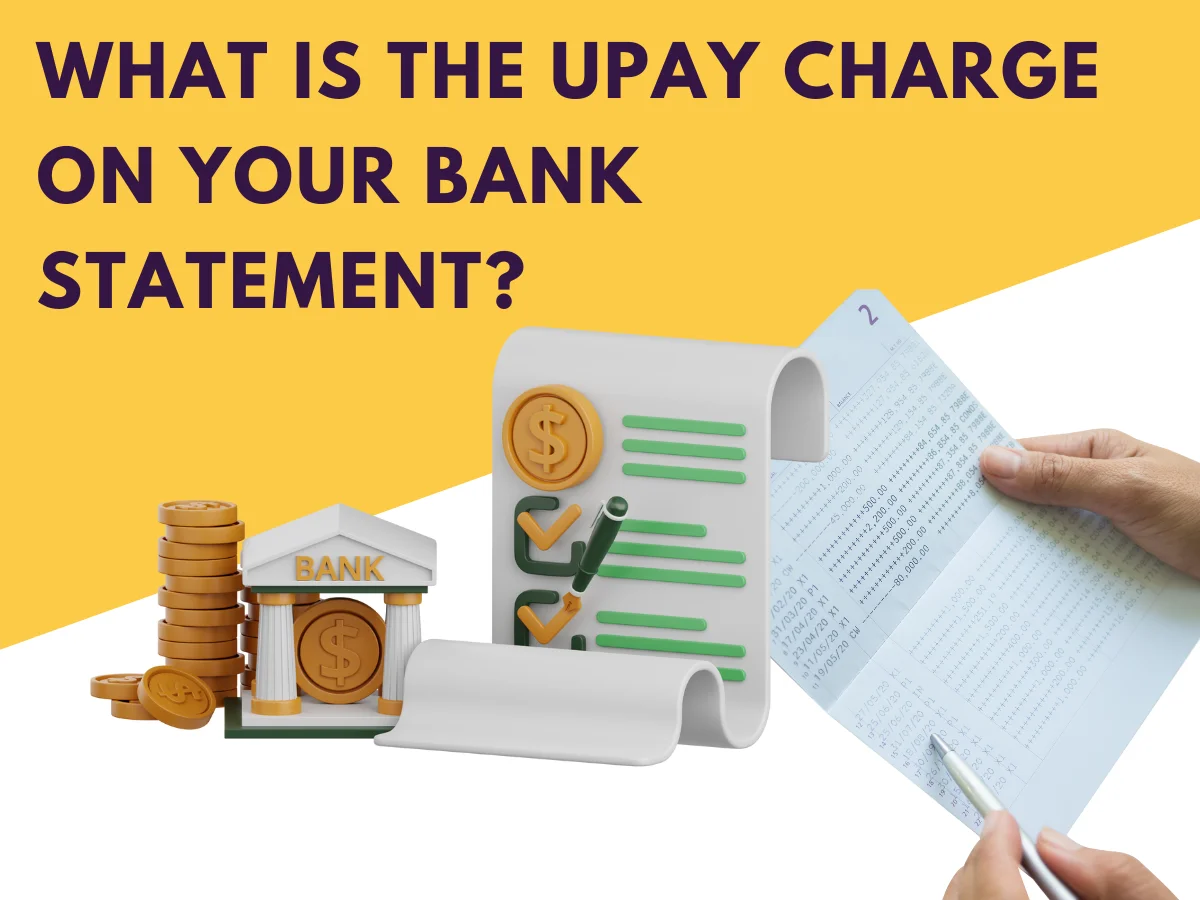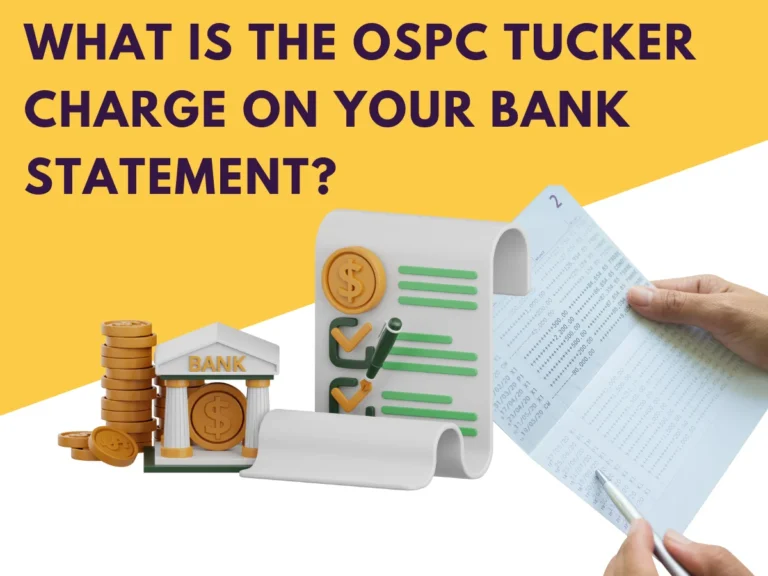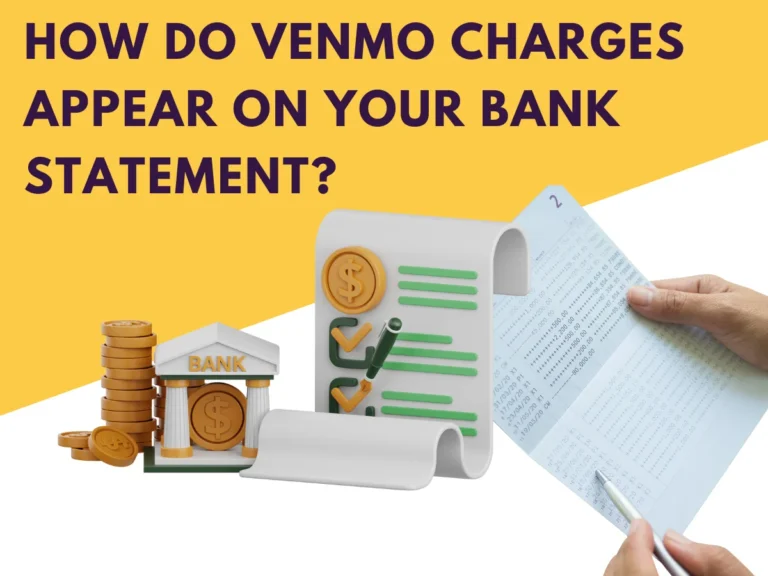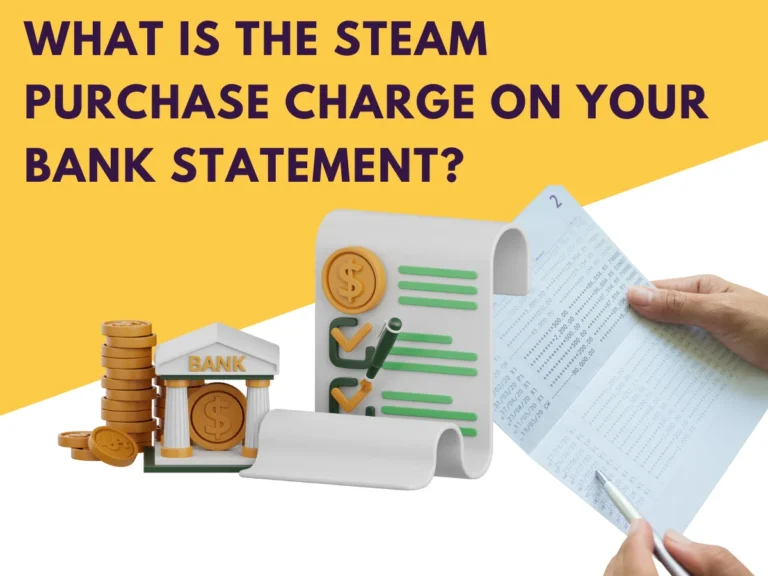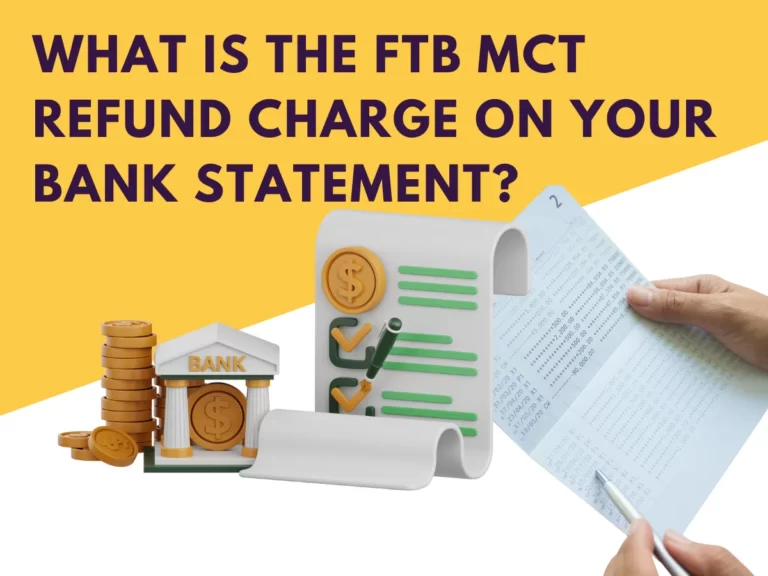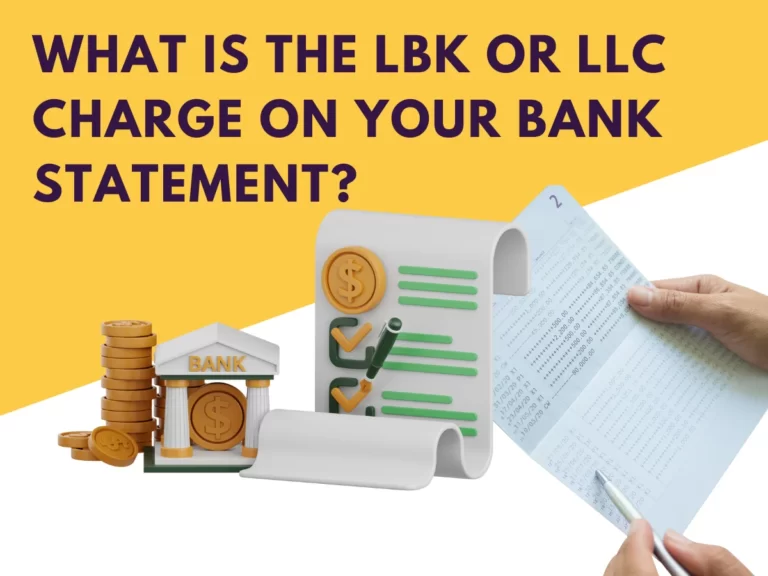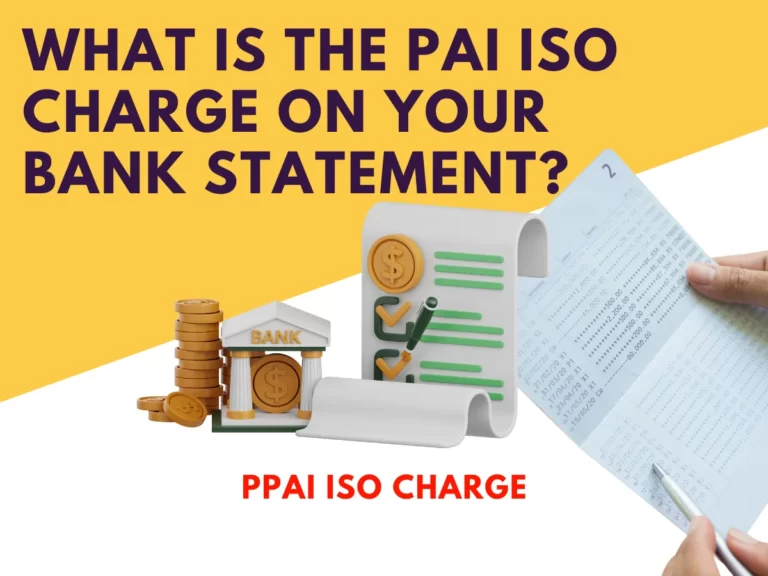What Is the Upay Charge on Bank Statement | Explained
The enigmatic Upay charge, nestled amidst your bank transactions, often beckons questions and uncertainties. This in-depth guide seeks to demystify the Upay Bank Charge, shedding light on its nature, and origin, and dispelling any concerns you may have.
What Is the Upay Bank Charge?
Delving deeper into the mechanics, the Upay charge corresponds to transactions meticulously processed through Upay Ltd., a distinguished Payment Facilitator (PAYFAC) renowned for its provision of payment and loyalty applications. Let’s vividly illustrate this concept: envision a routine purchase at your favorite café or a quick transaction at a local retail outlet. What transpires behind the scenes is the seamless processing of your payment through Upay Ltd.’s merchant account.
However, instead of encountering the business name on your bank statement, a generic label, “Upay,” emerges alongside the transaction amount. This lack of specific merchant information can trigger confusion, prompting questions about the legitimacy of the Upay charge.
To quell any anxieties, it’s imperative to recognize that the Upay charge typically aligns with a legitimate purchase made at the respective establishment. Numerous individuals have shared their experiences, offering valuable insights into the diverse businesses associated with the Upay charge.
Example:
Imagine savoring a meal at the canteen of Askham Bryan College in York; your bank statement might elegantly display “Upay Ltd – Askham Bryan College, York.”
Also read Streamotion Charge on Bank Statement.
What is Upay Used For?
Upay stands as a robust Payment Facilitator, extending its payment processing services across a spectrum of clients from bustling canteens and quaint cafes to bustling retail outlets. Its role revolves around streamlining card transactions, ensuring a seamless, secure payment process that benefits both customers and merchants alike.

What is the Cash Out Charge of Upay?
Exploring further, Upay, in its capacity as a payment facilitator, typically refrains from imposing cash-out charges. Its primary focus remains on facilitating electronic transactions, making it a convenient and user-friendly choice for businesses and customers navigating the digital payment landscape.
What is the Limit of Upay Per Day Transaction?
The daily transaction limit associated with Upay isn’t etched in stone; instead, it’s contingent upon the individual policies set by the businesses utilizing Upay’s payment processing services. Consequently, these limits may exhibit variations from one establishment to another.
How Does the Upay Bank Charge Appear?
When the Upay bank charge graces your statement, intricacies often unfold. The absence of specific merchant details prompts the appearance of a generic label like “Upay” alongside the transaction amount. To further illustrate, consider a diverse array of transactions reported by users, showcasing the eclectic businesses linked to the Upay charge.
- Upay Ltd – Canteen at Dick Vet Clinic (Veterinary School of Medicine in Edinburgh)
- Upay Ltd – Clackett Lane Services on the M25 (Roadchef)
- Upay Ltd – WHSmith small store at some motorway services
- VMS Upay
- Upay LTD ROCHESTER GB
Example:
Picture yourself indulging in a coffee at Rownhams Services, M27/M3 junction; your bank statement might eloquently state “Upay Ltd – Coffee purchase at Rownhams Services, M27/M3 junction.”
How Do I Get a Refund from Upay?
Navigating potential issues with a transaction and seeking a refund warrants direct communication with the establishment where the purchase was made. While Upay itself might not handle refunds directly, understanding the involved business’s specific transaction details and policies is paramount.

How to Prevent Unauthorized Upay Bank Charges
- Check Your Statements Regularly:
- Frequency is Key: Make it a routine to check your bank statements regularly. Set aside time at least once a week to go through your transactions. This proactive approach allows you to spot any discrepancies swiftly.
- Online Banking Accessibility: Take advantage of online banking services to access your statements promptly. Most banks provide secure online platforms or mobile apps, enabling you to review transactions in real-time.
- Keep Track of Your Purchases:
- Maintain a Transaction Log: Develop a systematic approach by maintaining a transaction log. Keep track of every purchase, noting the date, amount, and the corresponding business. This detailed record serves as a reliable reference when cross-referencing with your bank statements.
- Digital Tools: Explore digital tools and apps designed to help you manage your expenses. Many applications categorize your spending, making it easier to identify and verify each transaction.
- Contact the Business Directly:
- Prompt Communication: If you encounter an Upay charge that raises questions, don’t hesitate to contact the business directly. Reach out to their customer service or financial department for clarification. Most reputable businesses are responsive and willing to assist in resolving any concerns.
- Gather Transaction Details: Before reaching out, gather relevant information such as the date and amount of the transaction. This ensures a more efficient conversation and aids the business in quickly identifying the transaction in question.
- Secure Your Card Information:
- Safe Storage: Implement secure practices for storing your card information. Avoid saving card details on unsecured websites or sharing sensitive information through insecure channels.
- Regularly Update Passwords: Change your online banking and card passwords regularly. This precautionary measure adds an extra layer of security, reducing the risk of unauthorized access.
- Utilize Mobile Banking Apps:
- Enable Transaction Alerts: Make the most of mobile banking apps by enabling transaction alerts. These alerts provide real-time notifications for every transaction, allowing you to stay informed instantly.
- Monitor Account Activity: Utilize the features of mobile banking apps to monitor your account activity regularly. Set up notifications for large transactions or any activity that deviates from your regular spending patterns.
Conclusion
In concluding this exploration, the Upay charge emerges from the shadows into clarity. Armed with a profound understanding of its origins and the myriad businesses it represents, navigating Upay charges becomes a journey of confidence and assurance. Stay informed, follow the suggested tips, and embark on a financial experience that is secure, transparent, and effortlessly comprehensible.
